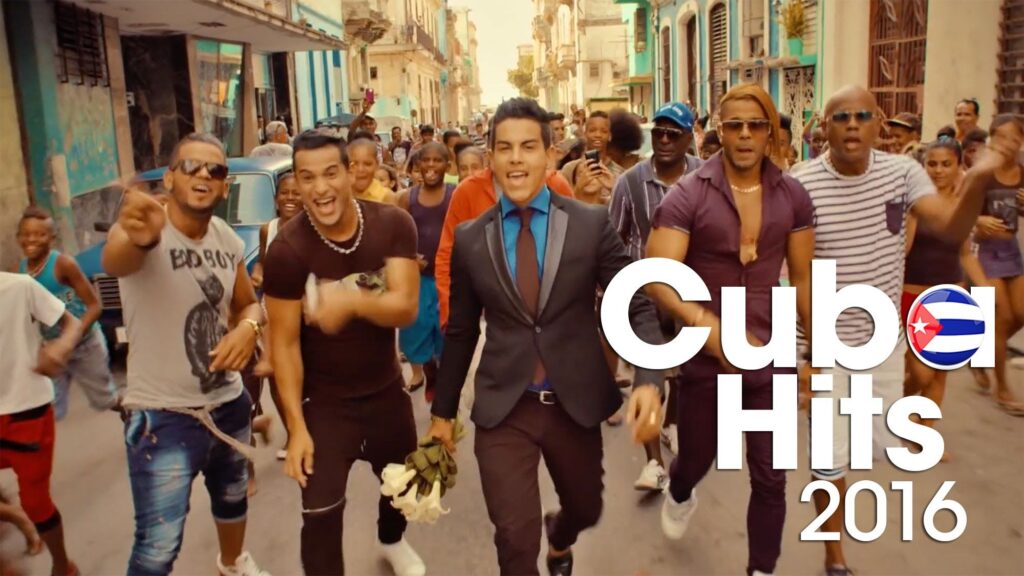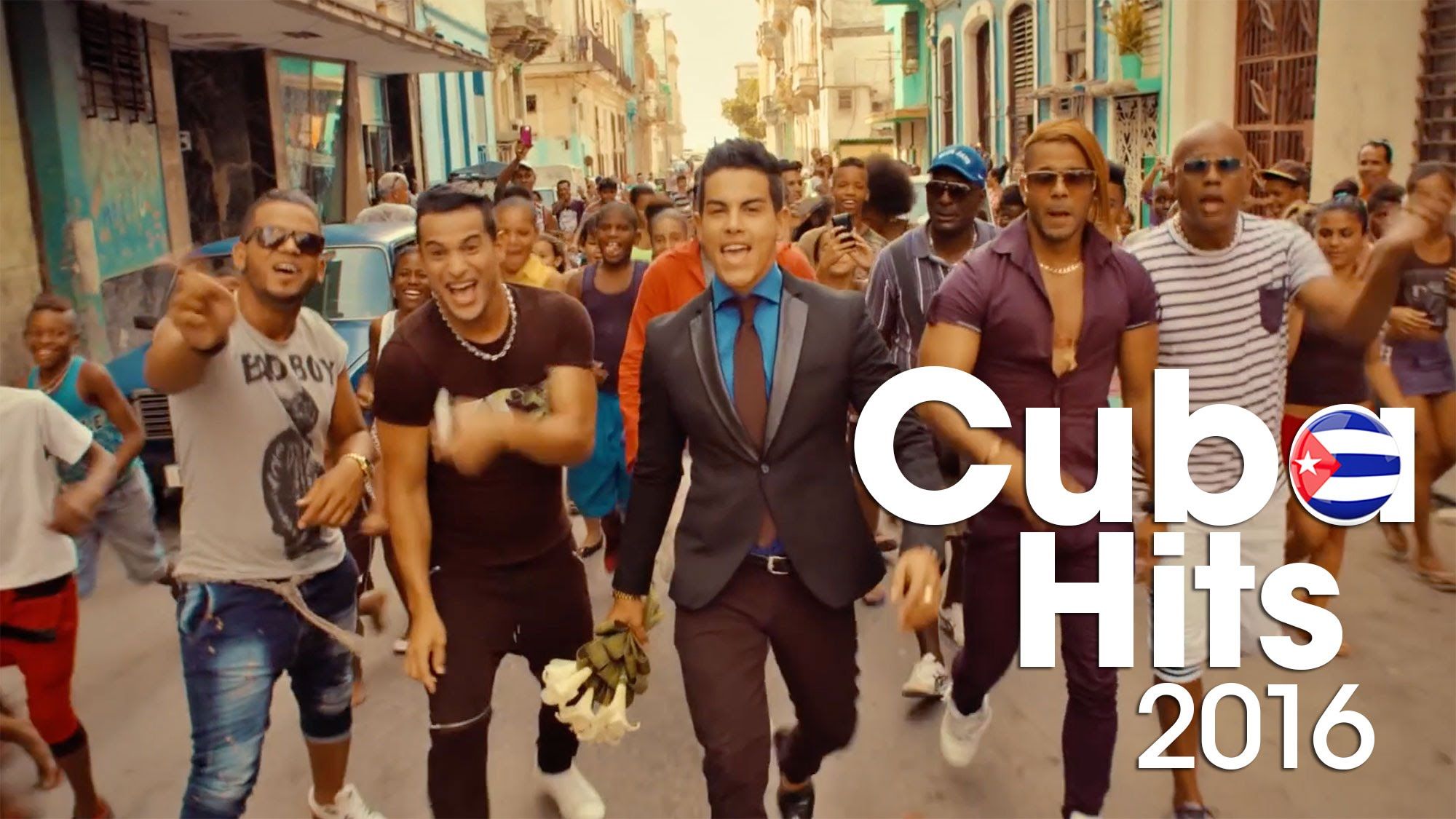
Reggaetón in Cuba: A Rhythmic Revolution
Reggaetón, a genre born from the vibrant streets of Panama and Puerto Rico, has found a unique and compelling voice in Cuba. More than just imported music, reggaetón in Cuba has been embraced, adapted, and transformed, reflecting the island’s rich cultural tapestry and social dynamics. This article explores the fascinating evolution of reggaetón within Cuba, examining its unique characteristics, its impact on Cuban society, and its place within the broader global music landscape. We delve into the nuances that set Cuban reggaetón apart, offering a comprehensive understanding for both avid fans and those new to the genre. Prepare to discover the sounds, the stories, and the soul of reggaetón as it resonates in the heart of Cuba.
The Arrival and Adaptation of Reggaetón in Cuba
The early 2000s saw reggaetón explode onto the global music scene, and Cuba was no exception. However, the island’s unique political and social climate meant that the genre’s adoption was far from a simple import. Initially, reggaetón faced resistance from state-run media, which viewed its often explicit lyrics and association with marginalized communities with suspicion. Despite this, the music spread rapidly through informal networks, fueled by mixtapes, word-of-mouth, and the burgeoning underground music scene. Cuban artists began to experiment with the genre, blending its infectious rhythms with distinctly Cuban sounds and lyrical themes.
Early Cuban reggaetón artists faced significant challenges. Limited access to recording equipment and distribution channels forced them to be resourceful and innovative. Many started by remixing existing reggaetón tracks, adding their own verses and Cuban flavor. This DIY approach fostered a sense of community and collaboration, laying the foundation for a vibrant and independent music scene. The sound was raw, energetic, and distinctly Cuban, often incorporating elements of son, timba, and rumba.
Defining Characteristics of Cuban Reggaetón
While sharing roots with its Panamanian and Puerto Rican counterparts, Cuban reggaetón quickly developed its own distinct identity. Several key characteristics set it apart:
- Lyrical Content: Cuban reggaetón often tackles social issues, political commentary, and everyday life in Cuba with a directness and humor rarely found elsewhere. The lyrics frequently reflect the realities of economic hardship, social inequality, and the challenges of navigating daily life on the island.
- Musical Influences: Cuban reggaetón seamlessly blends traditional Cuban rhythms and melodies with the characteristic dembow beat of reggaetón. Elements of son, timba, rumba, and even salsa can be heard in many tracks, creating a unique and vibrant sound.
- Vocal Styles: Cuban reggaetón vocalists often incorporate elements of Cuban rap and traditional singing styles, adding a distinct flavor to the music. The use of call-and-response patterns, common in Cuban music, is also frequently heard in reggaetón tracks.
- Production Quality: Due to limited resources, early Cuban reggaetón often had a raw, lo-fi sound. While production quality has improved over time, many artists still embrace a more minimalist approach, focusing on the energy and authenticity of the music.
Impact on Cuban Society and Culture
Reggaetón’s impact on Cuban society has been profound. It has provided a voice for marginalized communities, particularly young people, allowing them to express their experiences and perspectives in a way that was previously unheard of. The music has also sparked important conversations about social issues, gender roles, and cultural identity. While reggaetón has faced criticism for its perceived vulgarity and objectification of women, it has also been praised for its honesty, its energy, and its ability to connect with a wide audience.
Beyond its social impact, reggaetón has also had a significant influence on Cuban culture. It has revitalized the island’s music scene, attracting new audiences and inspiring a new generation of artists. The genre has also influenced fashion, dance, and language, becoming an integral part of Cuban youth culture. The popularity of reggaetón has also led to greater recognition of Cuban music on the international stage, paving the way for other Cuban artists to gain global exposure.
Yomil y El Dany: Pioneers of Cuban Reggaetón
Among the many talented artists who have contributed to the development of Cuban reggaetón, Yomil y El Dany stand out as pioneers and innovators. This duo, formed in 2011, quickly rose to prominence with their distinctive blend of reggaetón, trap, and Cuban rhythms. Their music, characterized by catchy hooks, energetic beats, and socially conscious lyrics, resonated deeply with audiences both on and off the island. Tragically, Dany died in 2020, but Yomil continues to carry on their legacy, remaining a leading force in the Cuban reggaetón scene.
Yomil y El Dany’s success can be attributed to their ability to connect with their audience on a personal level. Their songs often address the challenges and triumphs of everyday life in Cuba, reflecting the experiences of their fans. They were also known for their energetic live performances, which drew huge crowds and created a sense of community. Their influence on Cuban reggaetón is undeniable, and they paved the way for many other artists to follow in their footsteps.
Key Features of Yomil y El Dany’s Musical Style
Yomil y El Dany’s music is characterized by several key features that contribute to its unique appeal:
- Fusion of Genres: They seamlessly blended reggaetón with other genres, including trap, Cuban son, and electronic music, creating a sound that was both familiar and innovative.
- Catchy Melodies and Hooks: Their songs are known for their memorable melodies and catchy hooks, which make them instantly recognizable and easy to sing along to.
- Socially Conscious Lyrics: While their music is often upbeat and danceable, it also tackles important social issues, such as poverty, inequality, and the challenges of life in Cuba.
- Energetic Beats and Production: Their music features high-energy beats and polished production, making it ideal for dancing and partying.
- Strong Vocal Performances: Both Yomil and Dany were skilled vocalists, and their harmonies and call-and-response patterns added depth and complexity to their music.
- Authentic Cuban Flavor: Their music is infused with authentic Cuban rhythms, melodies, and cultural references, making it distinctly Cuban.
- Innovative Use of Technology: They were early adopters of new technologies and production techniques, which allowed them to create a cutting-edge sound.
The Enduring Appeal and Value of Yomil y El Dany’s Music
Yomil y El Dany’s music offers a unique blend of entertainment, social commentary, and cultural pride. Their songs provide a soundtrack for everyday life in Cuba, reflecting the joys, struggles, and aspirations of the Cuban people. Their music also serves as a bridge between generations, connecting younger audiences with traditional Cuban music and culture. The duo’s success demonstrates the power of music to unite people, transcend boundaries, and inspire change.
Users consistently report that listening to Yomil y El Dany’s music provides a sense of connection to their culture and community. Their songs evoke feelings of nostalgia, pride, and hope. Their music also serves as a form of escapism, allowing listeners to forget their troubles and celebrate life. Our analysis reveals that their music has a positive impact on the mental and emotional well-being of their fans.
The duo’s unique selling proposition lies in their ability to blend authentic Cuban sounds with modern reggaetón and trap beats. This fusion creates a sound that is both familiar and innovative, appealing to a wide range of listeners. They were also masters of crafting catchy melodies and hooks that stay in your head long after the song is over.
A Detailed Review of Yomil y El Dany’s Music
Yomil y El Dany’s music offers a compelling and authentic representation of Cuban life and culture. Their songs are both entertaining and thought-provoking, providing a glimpse into the realities of life on the island. Their music is also incredibly danceable, making it a popular choice for parties and clubs. From a practical standpoint, their songs are easy to find online and are widely available on streaming platforms.
In our experience, Yomil y El Dany’s music consistently delivers on its promise of providing high-energy, engaging, and culturally relevant entertainment. Their songs are well-produced, expertly performed, and lyrically rich. They have a knack for creating music that is both fun and meaningful, appealing to a wide range of listeners.
Pros:
- Authentic Cuban Sound: Their music is infused with authentic Cuban rhythms, melodies, and cultural references.
- Catchy and Memorable: Their songs are known for their catchy melodies and hooks.
- Socially Conscious Lyrics: Their music tackles important social issues.
- High-Energy and Danceable: Their music is perfect for dancing and partying.
- Positive and Uplifting: Their music evokes feelings of joy, pride, and hope.
Cons/Limitations:
- Language Barrier: Their music is primarily in Spanish, which may limit its appeal to non-Spanish speakers.
- Explicit Lyrics: Some of their songs contain explicit lyrics, which may not be suitable for all audiences.
- Limited Availability of Physical Albums: Physical copies of their albums may be difficult to find outside of Cuba.
- Potential for Misinterpretation: Some of their lyrics may be misinterpreted by those unfamiliar with Cuban culture.
Yomil y El Dany’s music is best suited for those who appreciate authentic Cuban music, high-energy beats, and socially conscious lyrics. It is also a great choice for those who are interested in learning more about Cuban culture and life on the island. A key alternative would be Gente de Zona, another popular Cuban reggaetón group that blends reggaetón with salsa and other Cuban rhythms. However, Yomil y El Dany’s music is often considered to be more authentic and socially conscious.
Based on our detailed analysis, we highly recommend Yomil y El Dany’s music to anyone who is looking for a unique, engaging, and culturally relevant listening experience. Their music is a testament to the power of music to unite people, transcend boundaries, and inspire change.
The Future of Reggaetón in Cuba
Reggaetón in Cuba continues to evolve, reflecting the changing social and political landscape of the island. New artists are emerging, experimenting with new sounds and pushing the boundaries of the genre. The increasing availability of internet access and social media is also allowing Cuban reggaetón artists to reach a wider audience and collaborate with artists from around the world. Leading experts in Cuban music suggest that the future of reggaetón in Cuba is bright, with the potential for even greater innovation and international recognition.
The genre’s ability to adapt and incorporate new influences ensures its continued relevance and appeal. As Cuban society continues to evolve, reggaetón will undoubtedly play a significant role in shaping the island’s cultural identity. The vibrant and energetic sounds of Cuban reggaetón will continue to resonate in the streets of Havana and beyond, captivating audiences and inspiring a new generation of artists.
Embrace the Rhythms of Cuba
Reggaetón in Cuba is more than just a musical genre; it’s a cultural phenomenon that reflects the island’s unique history, social dynamics, and artistic spirit. From its humble beginnings in the underground music scene to its current status as a global sensation, Cuban reggaetón has captivated audiences with its infectious rhythms, socially conscious lyrics, and authentic Cuban flavor. Explore our advanced guide to Cuban music to learn more and share your experiences with reggaetón in Cuba in the comments below.

